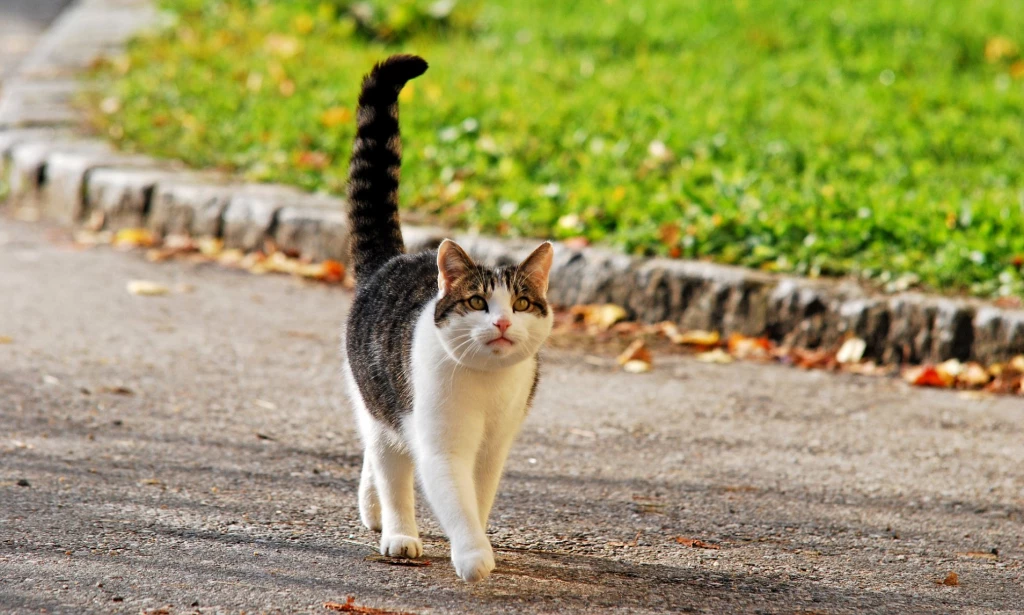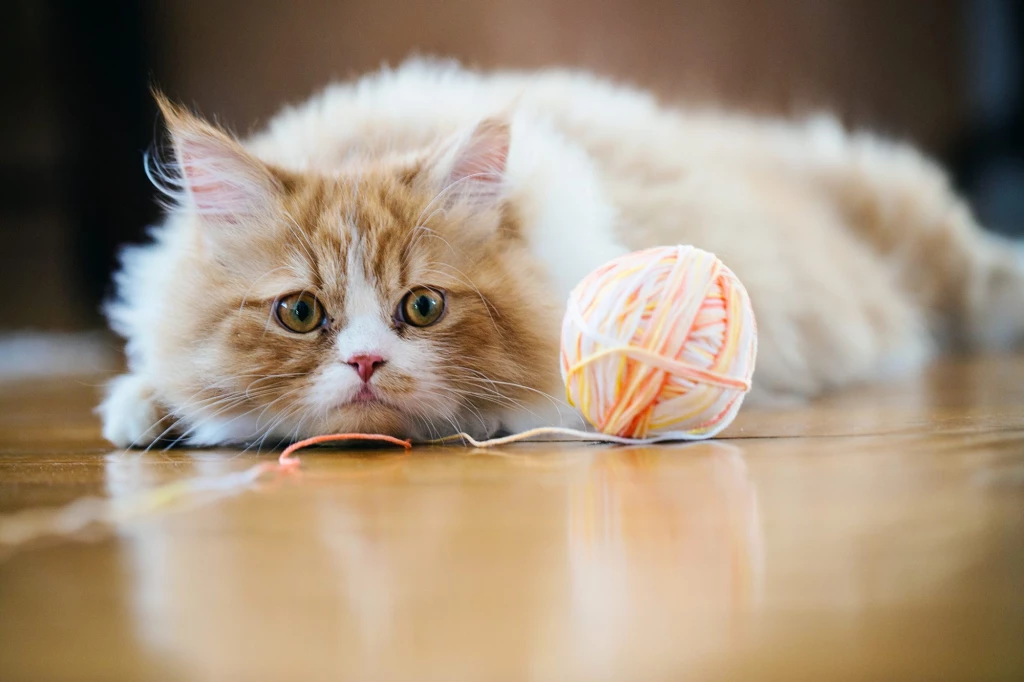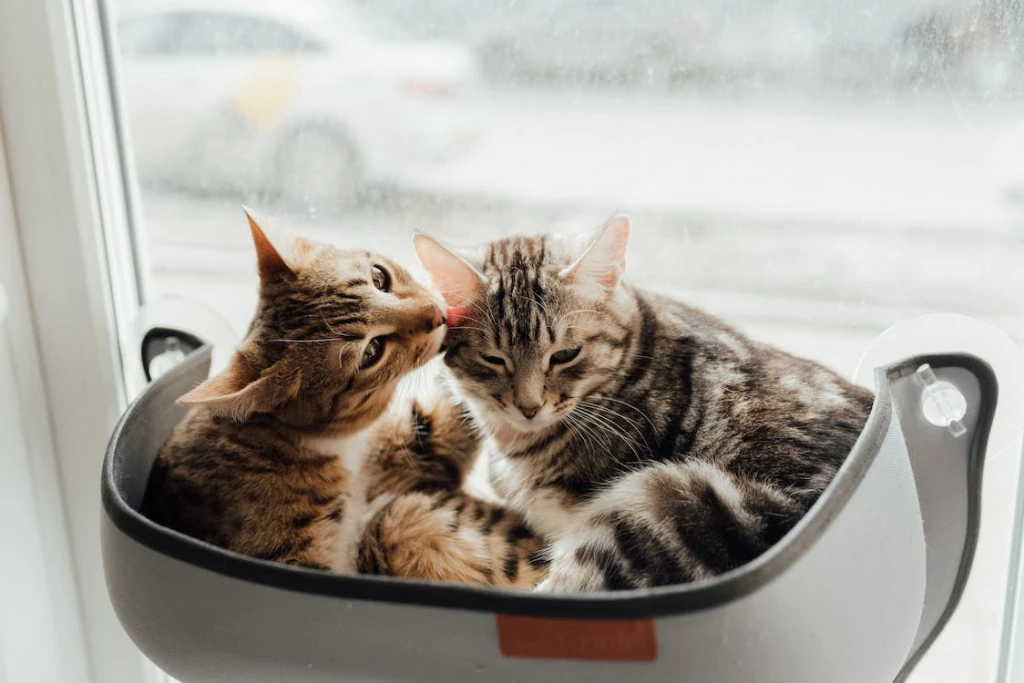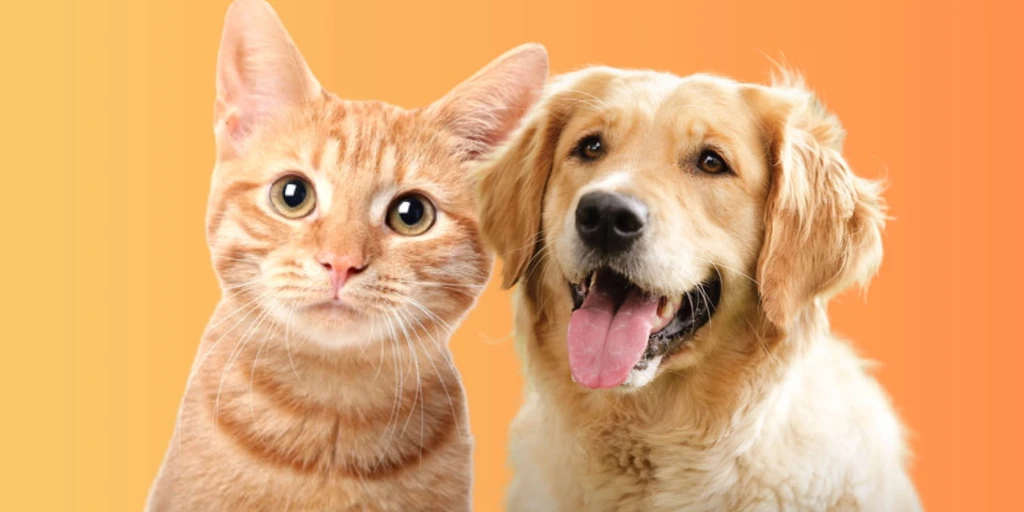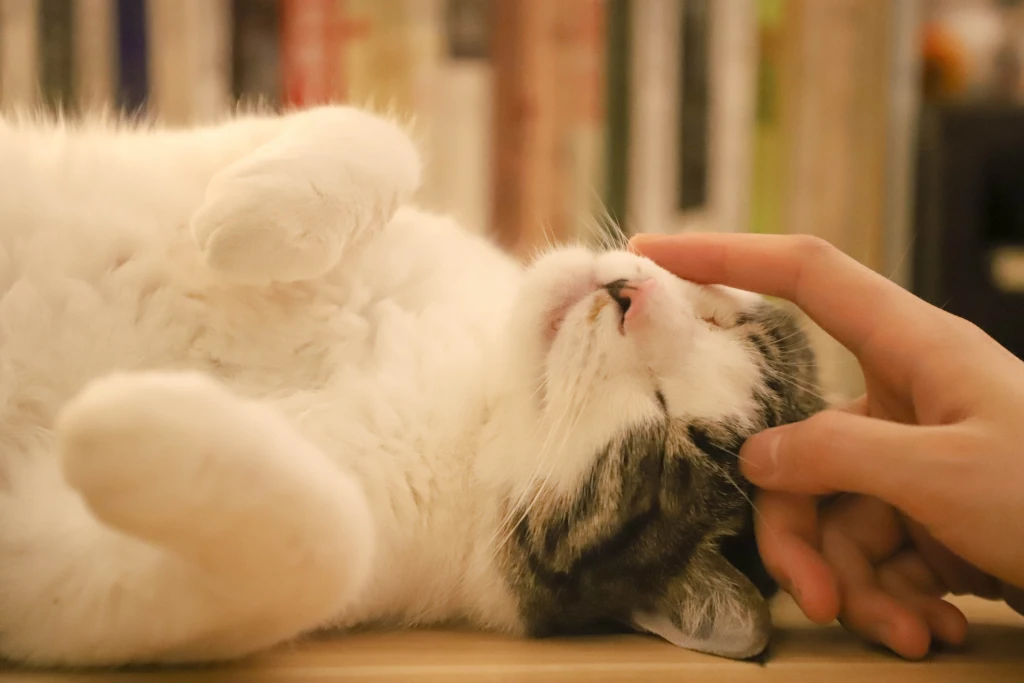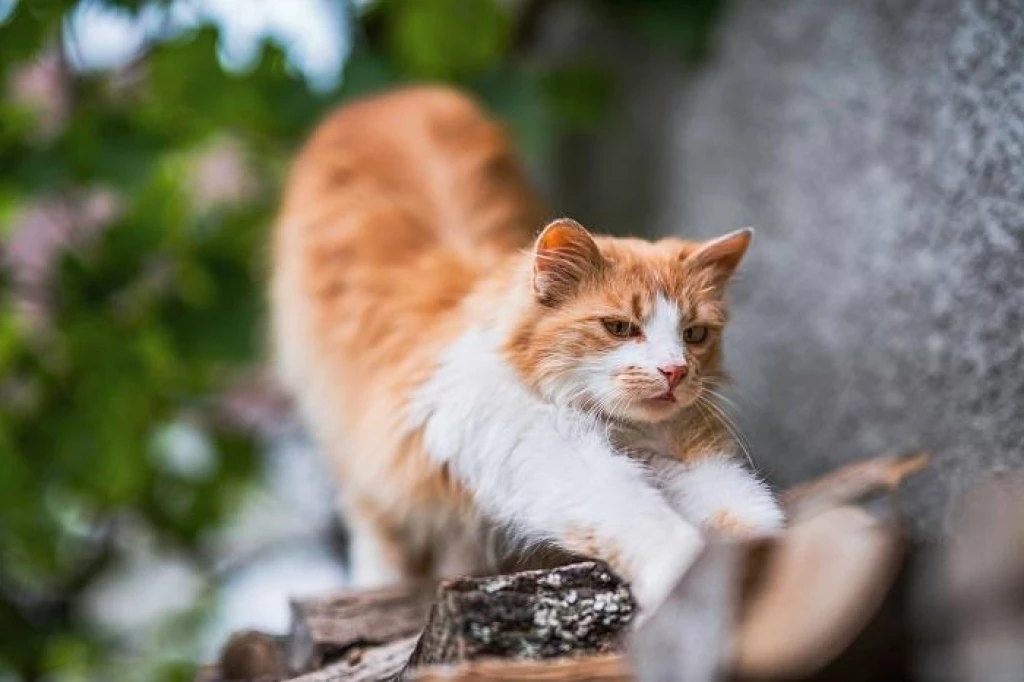Have you ever wondered why your cat's tail suddenly becomes fluffy and bushy? You may have seen this happen when your cat is playing, angry, or scared. But what does it really mean? And how can you tell the difference between these emotions and respond accordingly?
Cats are very expressive animals that use their tails to communicate their feelings and intentions. Puffing up their tails is a natural and instinctive behavior that serves various purposes, such as regulating body temperature, deterring attacks, or showing excitement.
In this blog post, we will explain the reasons why cats puff up their tails and how to understand their body language better. We will also share some tips on how to prevent your cat from puffing up its tail too often and how to calm it down when it does.
What is Piloerection and How Does It Work?
Piloerection is the technical term for when the hairs on an animal's body stand up due to involuntary muscle contractions. This can happen in cats, dogs, birds, rats, and even humans (think of goosebumps).
The purpose of piloerection is to create an insulating layer of air between the skin and the environment, which can help regulate body temperature or protect from cold. It can also serve as a communication tool, signaling different emotions or intentions to other animals or humans.
Cats Puff Up Their Tails When They Are Angry
One of the most common reasons why cats puff up their tails is when they are angry and ready to attack. This is a way of making themselves look bigger and more intimidating to potential threats, such as other cats, dogs, or humans. Angry cats often crouch down close to the ground and lay their ears back, showing that they are not in a friendly mood.
They may also hiss, growl, spit, or swat their paws to warn off their opponents. Most cats prefer to avoid physical confrontations and use these displays of aggression as a bluff. However, if the threat does not back down, they may resort to biting or scratching.
How to Respond to an Angry Cat?
If you encounter an angry cat that is puffing up its tail, the best thing you can do is to back off and give it some space. Do not try to touch, pet, or soothe an angry cat, as this may provoke it to attack you.
Instead, try to remove the source of its anger, such as another cat, a dog, a loud noise, or a stranger. If possible, leave the room and let the cat calm down on its own. Do not stare at the cat or make eye contact, as this may be seen as a challenge or a threat.
You can also try to distract the cat with a toy or a treat, but only if it is safe to do so. If the cat is still angry after a while, you may need to consult a veterinarian or a behaviorist to find out the cause of its aggression and how to deal with it.
Cats Puff Up Their Tails When They Are Scared
Another reason why cats puff up their tails is when they are scared or startled by something. This is also a way of making themselves look larger and more formidable to deter attacks. Scared cats often arch their backs and curl their tails into a question mark shape, resembling the classic Halloween cat image.
They may also jump back, flatten their ears, or hiss in surprise. Most cats calm down quickly once they realize that there is no real danger and feel safe again. The best way to help a frightened cat is to give them some space and time to relax and avoid touching or approaching them until they are ready.
How to Respond to a Scared Cat?
If you encounter a scared cat that is puffing up its tail, the best thing you can do is to avoid approaching or touching it. Scared cats may lash out if they feel cornered or trapped.
Instead, try to make the cat feel more comfortable and secure by providing it with a hiding place, such as a cardboard box, a carrier, or a blanket. You can also offer some food or water, but do not force the cat to eat or drink.
Speak softly and gently to the cat, but do not stare at it or make sudden movements. You can also try to play some soothing music or use a pheromone diffuser to help calm the cat down. Be patient and let the cat come to you when it is ready.
Cats Puff Up Their Tails When They Are Having Fun
A less obvious reason why cats puff up their tails is when they are having fun and feeling playful. This is usually seen in kittens or young cats who are full of energy and curiosity. They may puff up their tails when they are chasing a toy, pouncing on a bug, or running around the house for no apparent reason.
This is a sign of excitement and joy, not aggression or fear. Playful cats have erect ears, forward whiskers, and bright eyes that show their interest and enthusiasm. They may also wiggle their tails before jumping or sprinting as a way of preparing for action.
How to Respond to a Playful Cat?
If you encounter a playful cat that is puffing up its tail, the best thing you can do is to join in the fun and play with it. Playful cats love interactive toys, such as feathers, strings, balls, or lasers. You can also use your hands to mimic prey movements, but be careful not to get scratched or bitten.
Playful cats may also enjoy chasing you around the house or jumping on your lap. However, you should also respect your cat's boundaries and stop playing when it shows signs of overstimulation or fatigue.
These signs include biting harder than usual, hissing, growling, flattening its ears, or walking away. You should also avoid playing with your cat right before bedtime, as this may keep it awake and restless.
The Difference Between Angry Cat And Playful Cat
Sometimes it can be hard to tell whether a cat is puffing up its tail because it is angry or because it is playful. The key is to look at the whole body language and context of the situation. Here are some clues that can help you distinguish between the two:
- An angry cat will have its ears flattened back against its head, while a playful cat will have its ears pointed up or forward.
- An angry cat will have its whiskers pulled back close to its face, while a playful cat will have its whiskers spread out wide.
- An angry cat will have its eyes narrowed or squinted, while a playful cat will have its eyes wide open or dilated.
- An angry cat will have its mouth closed or slightly open with teeth showing, while a playful cat will have its mouth closed or slightly open with tongue sticking out.
- An angry cat will have its body low to the ground with tense muscles, while a playful cat will have its body raised with relaxed muscles.
- An angry cat will have its tail stiff and straight up or down, while a playful cat will have its tail curved or wavy.
What Should I Do if My Cat Puffs up Its Tail and Attacks Me or Another Cat?
If your cat puffs up its tail and attacks you or another cat, you should try to calm it down and remove the source of its anger. Do not touch, pet, or soothe an angry cat, as this may provoke it to attack more.
Instead, try to distract it with a toy or a treat, but only if it is safe to do so. If possible, leave the room and let the cat calm down on its own. Do not stare at the cat or make eye contact, as this may be seen as a challenge or a threat.
If the cat is still angry after a while, you may need to consult a veterinarian or a behaviorist to find out the cause of its aggression and how to deal with it.
How Can I Prevent My Cat From Puffing up Its Tail Too Often or for No Reason?
You can prevent your cat from puffing up its tail too often or for no reason by providing it with a safe and stimulating environment. Here are some tips:
- Socialize your cat from an early age and expose it to different people, animals, sounds, and situations in a positive way.
- Provide your cat with enough attention and affection, but also respect its need for privacy and independence.
- Provide your cat with enough toys and activities to keep it entertained and mentally stimulated.
- Provide your cat with enough food and water and keep its litter box clean and accessible.
- Provide your cat with enough scratching posts and perches to satisfy its natural behaviors.
- Spay or neuter your cat to reduce hormonal aggression and territorial marking.
- Keep your cat indoors or supervise its outdoor activities to protect it from predators, diseases, and accidents.
- Avoid making sudden changes in your cat's routine or environment that may stress it out.
- Consult your veterinarian regularly and check for any signs of illness or injury that may cause pain or discomfort.
What Are Some Health Issues That Can Cause My Cat to Puff up Its Tail?
Some health issues that can cause your cat to puff up its tail are:
- Allergies: Your cat may be allergic to something in its environment, such as dust, pollen, mold, or fleas. This can cause itching and inflammation on the skin and fur, which may trigger the piloerection reflex that makes the hair stand up.
- Infections: Your cat may have an infection in its skin, ears, eyes, mouth, or urinary tract. This can cause pain and irritation that may also trigger the piloerection reflex.
- Parasites: Your cat may have parasites such as worms, mites, ticks, or lice. These can cause discomfort and damage to the skin and fur that may also trigger the piloerection reflex.
- Anxiety: Your cat may be suffering from anxiety due to stress, trauma, fear, or separation. This can cause nervousness and agitation that may also trigger the piloerection reflex.
If you notice any signs of these health issues in your cat, such as scratching, licking, biting, shaking, sneezing, coughing, vomiting, diarrhea, blood in urine or stool, you should take your cat to the vet as soon as possible for a proper diagnosis and treatment.
Conclusion
Cats puff up their tails for various reasons that reflect their emotions and intentions. By understanding their body language and responding appropriately, you can improve your relationship with your furry friend and prevent unnecessary conflicts. Remember that cats are sensitive and complex creatures that need love and respect just like humans do.
